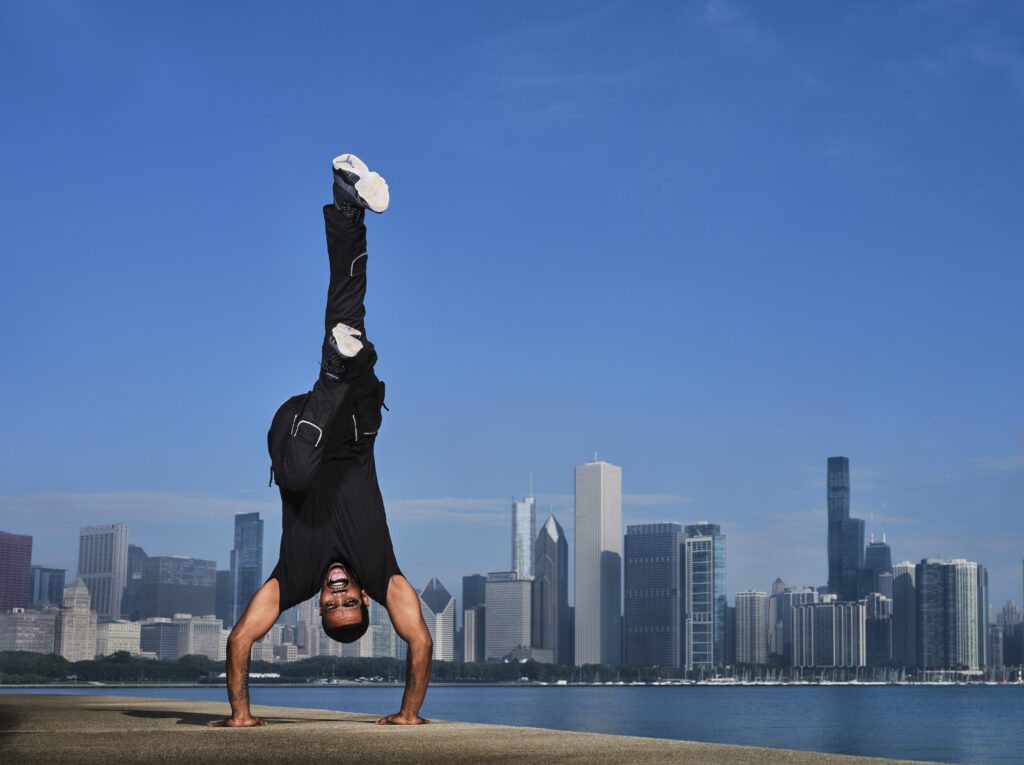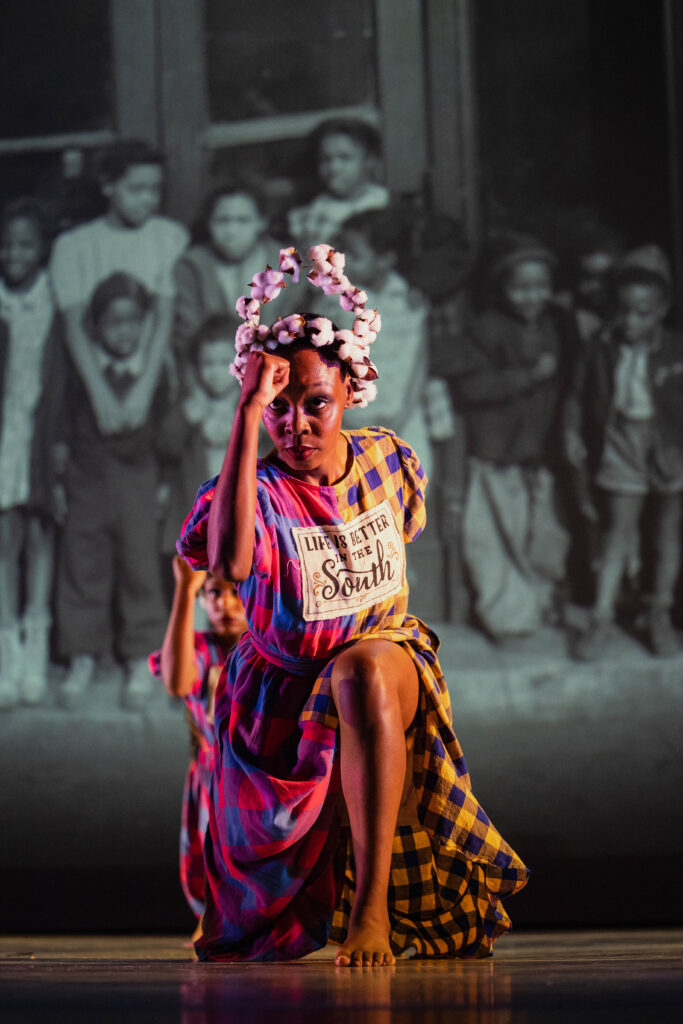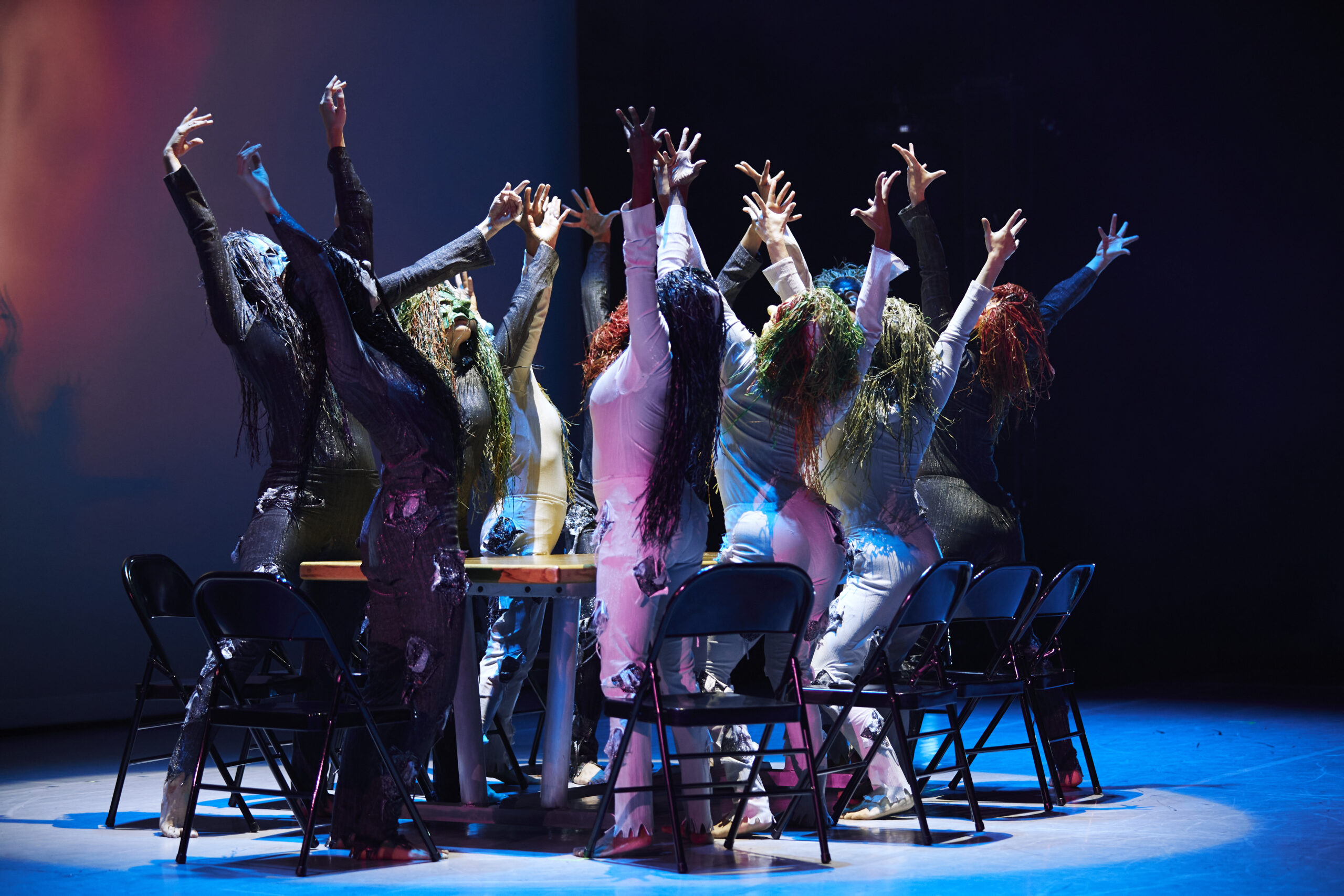How Chicago Black Dance Legacy Project at the University of Chicago is Working to Bridge the Local Dance Scene’s Equity Gap
On a pleasant evening last September, nine dance companies took the stage at Ravinia in Highland Park, just north of Chicago. The event stood out in a couple ways: It was a dance showcase at a venue better known for music programming. And it presented a slate of Black dance companies in a predominantly white community on the opposite side of the city from where most of them are based—and where they’re all part of the Chicago Black Dance Legacy Project, housed at the University of Chicago’s Logan Center for the Arts.
“It opened us up to a whole different realm of people,” says Robin Edwards, executive director of the Chicago Multi-Cultural Dance Center and Hiplet Ballerinas. “People know about Hubbard Street. People know about The Joffrey Ballet,” but they don’t necessarily know CMDC, Muntu Dance Theatre, or Deeply Rooted Dance Theater, she adds, naming just a few companies that have participated in the Legacy Project’s first and second cohorts. “Ravinia was an opportunity to lessen that equity gap.”
Aptly titled Metamorphosis, the show offered a glimpse at the transformation the Legacy Project hopes to foster in Chicago and beyond. The future it envisions is one where Black dance is recognized, celebrated, and preserved for posterity, and historical inequities in funding and operational support have been rectified. For now, the Legacy Project has stepped in to bridge the gap, drawing on the university’s plentiful resources and connections to help participating companies thrive.
Filling the Gap
The need for such an initiative was made stark in the 2019 report Mapping the Dance Landscape in Chicagoland, which found that only 9 percent of funding targeted communities of color even though people of color made up nearly half the population and more than half of dancers and choreographers (with 31 percent of dancers and choreographers identifying as Black or African American). The report called out the disparity, flagging, albeit gingerly, that the disproportionate allocation of resources “may perpetuate inequities.”
“To me, I know it exists. But I think it just shocked a lot of people,” says Legacy Project director Princess Mhoon, who grew up steeped in Chicago’s Black dance community and trained with several of the institutions she now works with.
The Legacy Project was born in the wake of that report when Tracie D. Hall, then director of the Joyce Foundation’s Culture Program, reached out to Logan Center leaders to discuss developing a program to bolster the organizations performing and celebrating Black dance—and see if they’d be willing to become its home.
It was an easy yes, according to the Logan Center’s executive director Bill Michel. The University of Chicago was simultaneously having discussions about how to support an increasing demand for dance offerings on campus. In addition to serving as a center for artistic practice for students, faculty, and staff, a core part of the Logan Center’s mission is “to create real opportunities for the incredible artists and arts organizations on the South Side of Chicago and across the city to be part of our community, and for us to be part of their community,” says Michel.

Cultivating Community
The Legacy Project’s cohort model brought together eight companies in its first round between 2019 and 2022 and 10 companies for its second beginning in 2023. A testament to its early success is the fact that six of the eight companies from the first cohort returned—including the aforementioned along with Joel Hall Dancers & Center, NAJWA Dance Corps, and Forward Momentum Chicago. They were joined by newcomers M.A.D.D. Rhythms, Move Me Soul, The Era Footwork Collective, and Praize Productions.
Leaders from each of the companies meet monthly for workshops—such as leadership development sessions run by experts and peer-led tutorials where each company shares hard-won knowledge—and discussions that foster a meaningful bond. “We got to work together. We got to talk with each other. We got to hear about other people’s struggles,” says Edwards, reflecting on the first cohort and the no-brainer decision to return for round two. The burgeoning community became a lifeline during the pandemic and beyond. “It was comforting to know that you’re sitting there amongst people that are going through the same thing,” she says. “We’re fighting for the solutions together. We’re not alone in this.”
Building Four Pillars
The companies and Legacy Project rely on UChicago resources and partners and other institutions and organizations across the city in addressing four pillars. First is capacity building, and second is advocacy, which undergirds everything else. The third pillar is archiving, and the fourth is presenting, which involves access to rehearsal and performance space on campus for each company, as well as joint programs like the one at Ravinia.

For capacity building, each dance company works closely with consultants and grad students through the UChicago Office of Civic Engagement’s Community Programs Accelerator. They identify high-priority areas of development and customize projects that will bolster growth, like crafting a fundraising plan or finding the right board members.
“We want them to not have to walk the journey alone,” says Sharon Grant, executive director of the Community Programs Accelerator. “We’re not a ‘One-and-done, go do a course, here’s some information, and then go back to figure it out on your own.’ ” Instead, they roll up their sleeves and help get things done.
The archiving component puts the “legacy” in the Chicago Black Dance Legacy Project. Through partnerships with the Newberry Library and the Black Metropolis Research Consortium, and help from a student intern turned staff member, companies consider options for cataloging and housing their artifacts.
Edwards recalls poring over piles of old programs and photos CMDC sent to the Newberry Library. “What we’re saying is that we consider this to be so important that these things need to be archived,” Edwards says. Creating the collections that will tell the stories of Black artists and companies to the next generations is about preserving their legacies, to be sure. But it’s also about leaving behind something to build on into the future.




